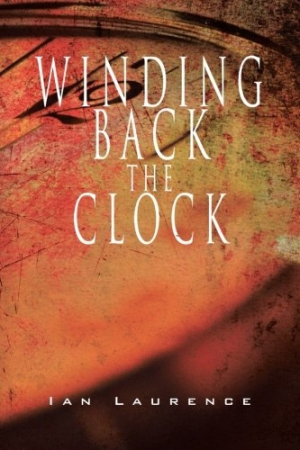
Winding Back the Clock
Historical fiction succeeds when the invented characters reveal more truths about history than the textbooks. It’s rare, though, that a novelist can achieve the intimate voice of Margaret Mitchell’s Scarlett O’Hara or Arthur Golden’s Sayuri. Ian Laurence strives for such an achievement in Winding Back the Clock, in which a modern woman seeks to right the wrongs done to her German family during and after World War II.
Katie Talbot, the Countess von Arnitz by birth, is certain that her family’s valuable treasures, including several famous works of art, were stolen from her ancestral home on Germany’s largest island, Rügen. She is on the trail of a massive Titian painting that is missing from her family’s cellars and has somehow ended up on the New York auction block. Meanwhile, Detlef Weber, son of a von Arnitz servant, is trying to find the notorious criminals behind his father’s death. Katie’s search for the Titian overlaps with Detlef’s pursuit of the evil Schimonsky brothers in a series of globe-trotting adventures that range from London to New York and, ultimately, to Weimar, Germany.
Laurence tries to engage readers on many levels. There’s romance: Katie is pursued by a number of men, some of them sweet, others obsessive. There’s mystery: Secret agents and double-crossing spies abound. There’s history: Laurence ably recounts the political struggles of Germany since joining the European Union. There’s culture: The climax takes place in Weimar, and features its rich history of arts, architecture, and literature.
Even with assassins, burglars, bombers, and extremist political groups added to the mix, however, Laurence leaves us curiously detached from the action. The lack of flow stems from the way he alternates perspectives throughout the book. One minute readers are listening to Katie gossip with her girlfriend and the next they are receiving an acronym-strewn lesson in German history. There is often little new information divulged in each scene, and the constant switching may frustrate rather than compel the reader to continue.
Several scenes do succeed in heightening the tension and creating a need for resolution. The ticking time bomb of the finale, for instance, is an effective device for quickening the pace and for bringing the various characters together. Laurence keeps readers guessing about the outcome until the very end.
While Katie is not nearly so nuanced as Scarlett or Sayuri, she is a likeable character, and readers will want to see her succeed. If they stick with her, they will be rewarded with a whirlwind trip around the globe, a little glamour, and a lot of intrigue.
Reviewed by
Sheila M. Trask
Disclosure: This article is not an endorsement, but a review. The publisher of this book provided free copies of the book and paid a small fee to have their book reviewed by a professional reviewer. Foreword Reviews and Clarion Reviews make no guarantee that the publisher will receive a positive review. Foreword Magazine, Inc. is disclosing this in accordance with the Federal Trade Commission’s 16 CFR, Part 255.
